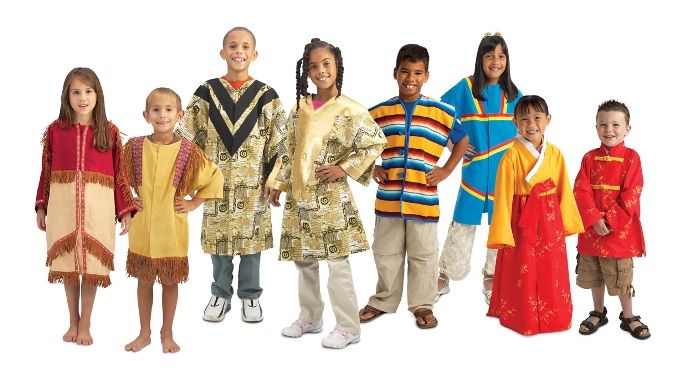Article by Caroline Lewis
Having just read an article about a Cambridge College that cancelled its annual ‘Round the World in 80 Days’ party for fear that undergraduates donning national costumes not their own might ‘cause offence’, I decided to try a little experiment.
Turning to my Colombian husband, with no priming or pre-empting, I asked: “If students at a fancy dress party with a global theme wore a Ruana and Sombrero Vueltiao, how would you feel?”
He was puzzled for a moment, seemingly doubtful that any British undergraduate would think of doing such a thing, but on reflection he said, “I would be flattered – as long as they weren’t laughing at Colombian culture.”
The Ruana, a poncho-style garment, typical of the Andean region, is still regularly worn by Colombians, not to impress tourists, but to keep warm and be comfortable. Similarly, the Sombrero Vueltiao, made of a flexible cane that allows it to be scrunched up in a ball and spring back into perfect shape, is ubiquitous in Colombia and is one of the country’s most famous symbols.
Yes, I admit, it was only a sample of one and hardly the opinion of a random stranger, but the answer confirmed what I feel to be true both instinctively and intellectually.
Most people are flattered when others take an interest in their culture – and if one of the sincerest forms of flattery is imitation, then dressing up in a kimono or wearing a Colombian hat is unlikely to offend, unless it is accompanied by ridicule.
In the most neutral sense, cultural appropriation can be defined as ‘the adoption or use of elements of one culture by members of a different culture,’ but the term is now used increasingly frequently to express accusations and outrage at the allegedly ‘in-appropriate’ use of other cultures’ symbols and artefacts.
It is hard not to suspect that the current obsession with policing ‘cultural appropriation’ may be more about people taking offence ‘on behalf’ of those from other ethnic groups than something which people from the other cultures are necessarily experiencing.
And what about the much larger question of how cultures develop? There are few countries left today where the cultures are not the result of thousands of years of interaction, influence, adaptation enrichment – cultures are the result of evolution as much as any of the earth’s creatures.
In 2002, the British press announced that the nation’s favourite dish was Chicken Tikka Masala. Was this ‘cultural appropriation’ of the worst kind, or a reflection of a country embracing its culturally diverse history, not to mention becoming more adventurous in its gastronomic tastes … A decade later, Chicken Tikka Masala was knocked off the ‘top spot’ by… Chinese Stir Fry! I rest my case.
An interest in, and openness to, other cultures, as well as the willingness to adopt or absorb aspects that we feel drawn to is surely an essential attitude in today’s increasingly divided world.
If we are not able to put ourselves ‘in the shoes’ or ‘skin’ as they say in Spanish, of people from other cultures – by eating ‘their’ food, listening to ‘their’ music, or trying on ‘their’ clothes, what hope is there that we can begin to understand different behaviour or empathise with values different from our own?
Interested to know more about cultural diversity? Contact us now.
Post Tags: Tags: cultural diversity, empathising with others, round the world in 80 days

